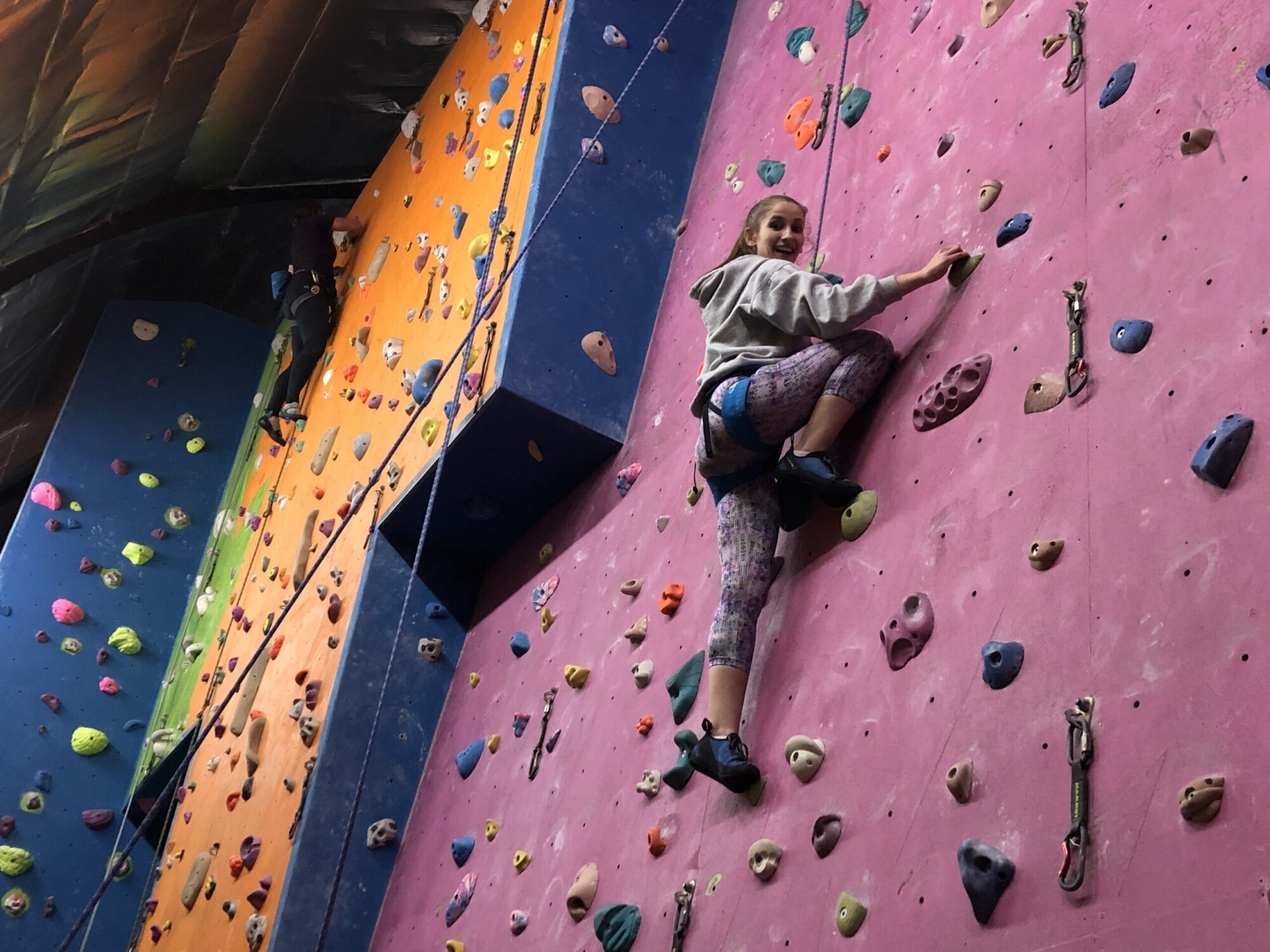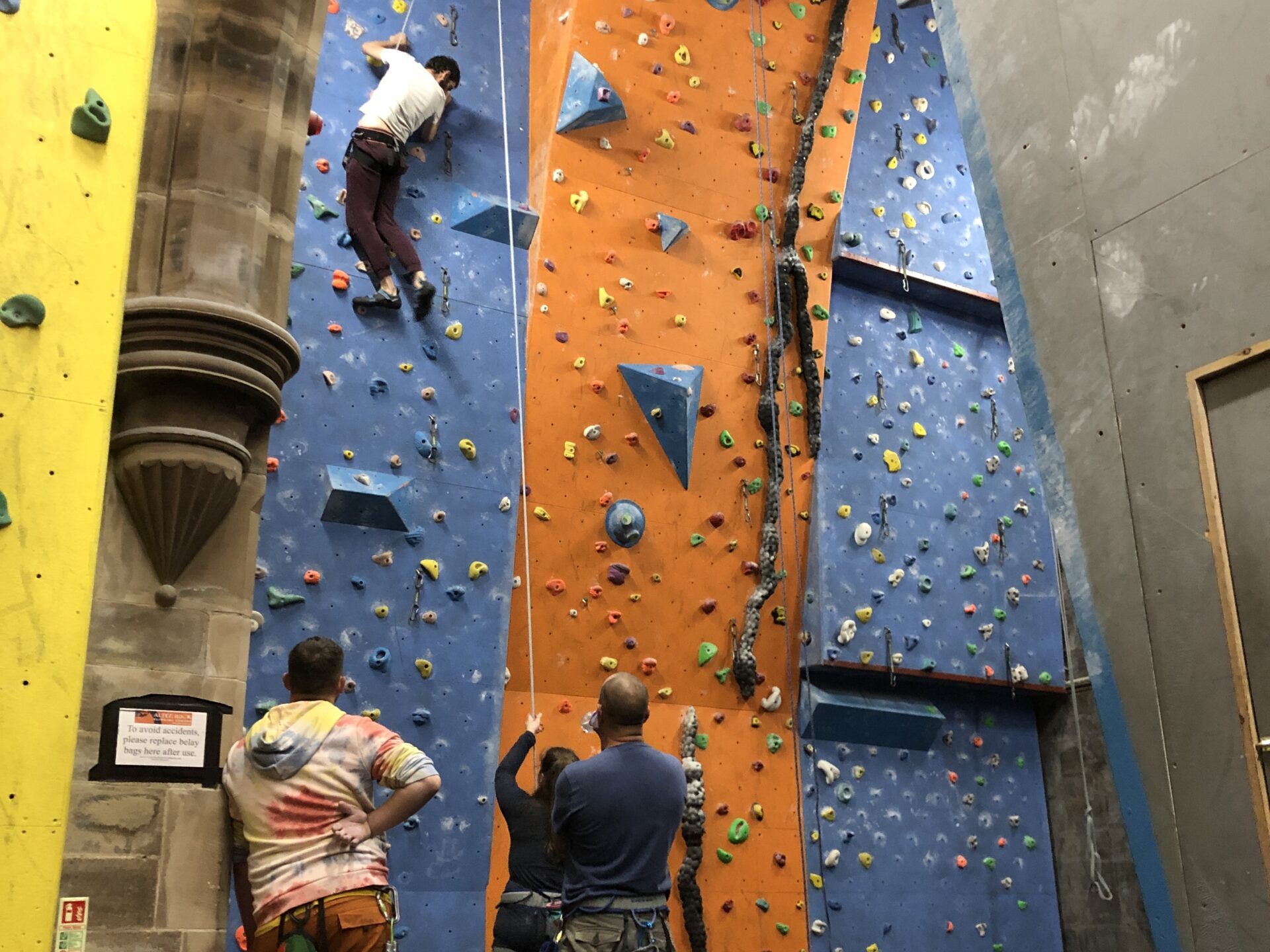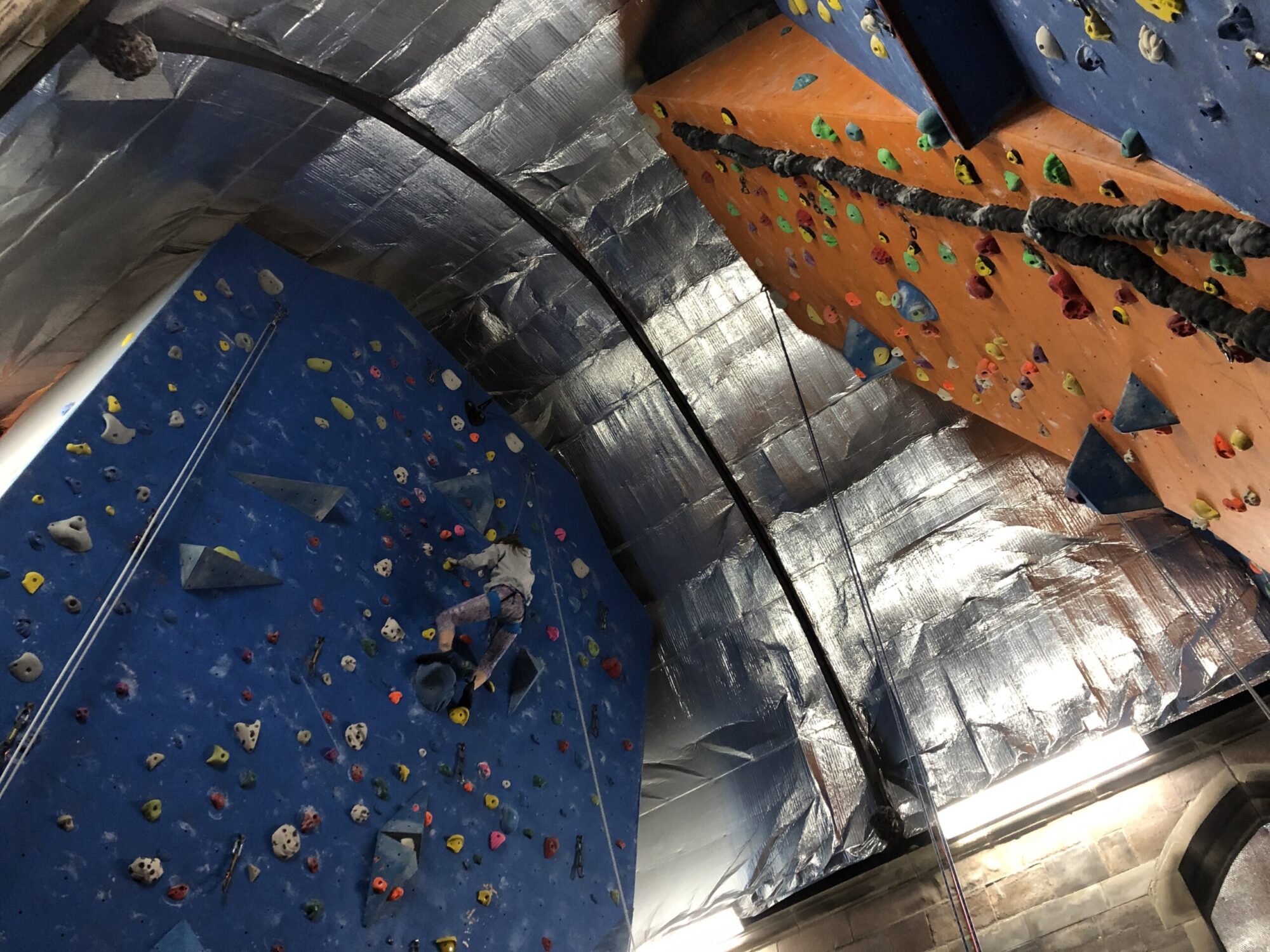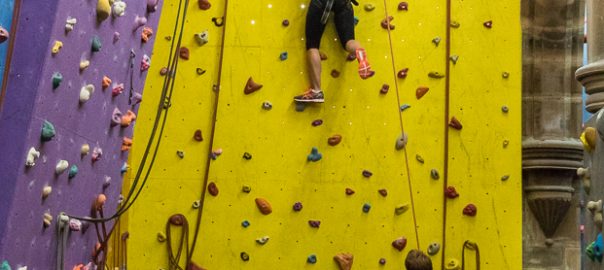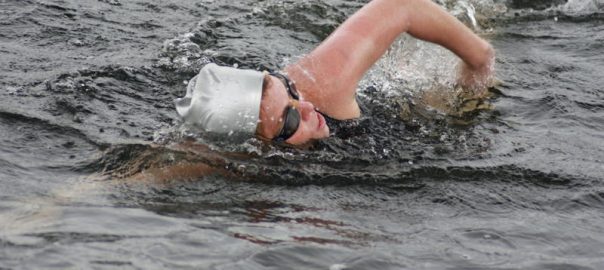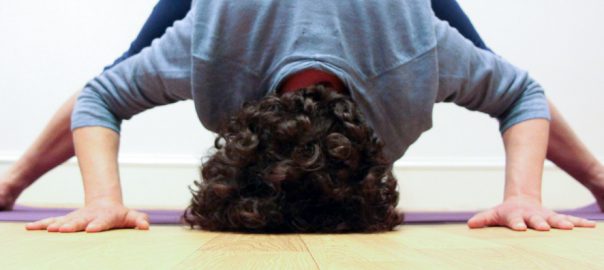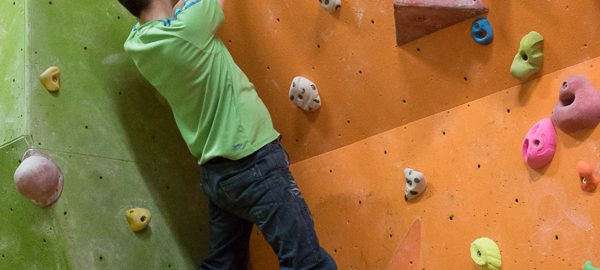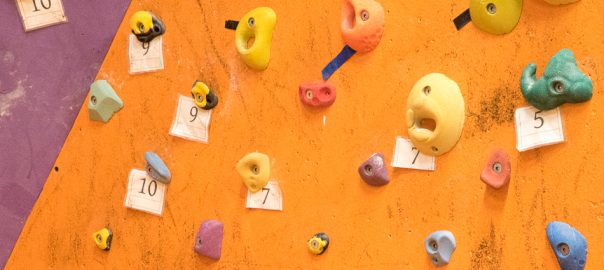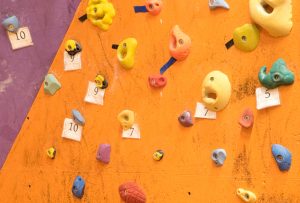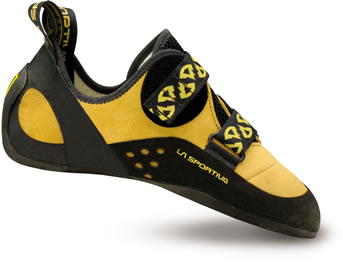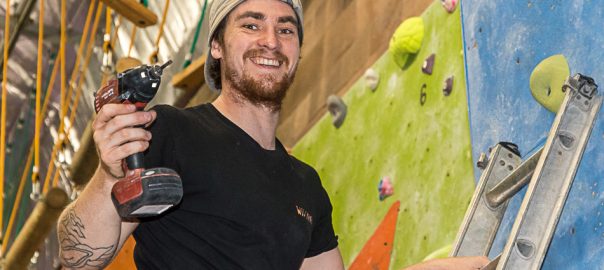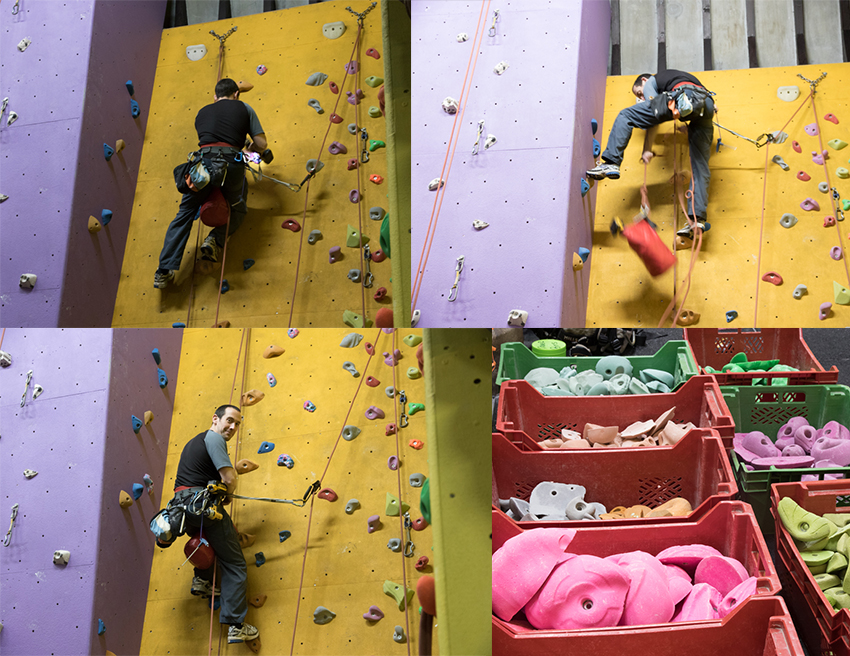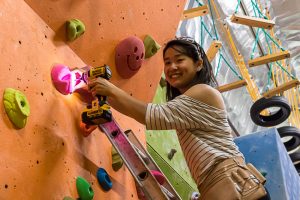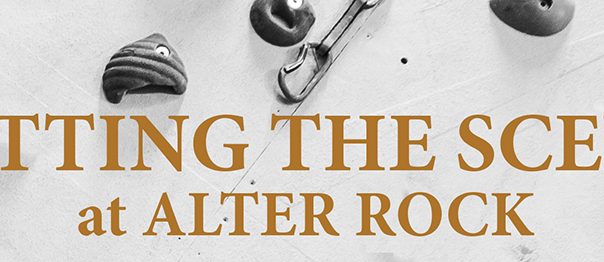Improving quickly – the key is repetition
You did your Beginners Course and now you are back for your first time climbing on your own with your partner. It’s going to be hard like anything new so perseverance is the game, don’t give up on your first go, it will get easier.
Short is sweet to start with
At Alter Rock I suggest you start on the short walls. This allows you to build confidence in yourself and your belayer. Being closer makes it easier to talk to each other and if things go wrong it’s not far to the floor.
Build on your confidence
In climbing confidence is a big factor. Once you have made it to the top of a route then repeat that route after a short rest and you should find it easier because you know you can climb it. Getting better is all about repeating what we are trying to get better at and the more times we repeat it the better we become.
Use Pyramid Training methods
Start with the easy climbs. Go from climb to climb doing all the grade 1’s then do all the grade 2’s. After doing the 2’s if you are feeling tired do the 1’s again. They should feel easier. You have just done Pyramid Training. If the 2’s were OK then do the 3’s and then come back down the way. Resting is important but you can do this when your partner climbs or when your change lines.
If you are trying something that is a bit too hard, then cheat and use a different colour hold. This is known as rainbowing the route just get to the top. Once you have rested then go back up and try it without the cheat. If you still use the cheat don’t worry come back on your next session and try again. Don’t forget, when you succeed, have a rest and do it again, it should be easier as you have the confidence from your successful attempt.
Easy routes are good for warming up
Every climbing session start with the easy routes, it’s a good warm up for body and mind and gets you switched onto climbing. It allows you to practice your techniques whilst in a comfortable position. Don’t forget you should be enjoying yourself. Once you hit that point where you have had enough or its all too much hard work, repeat all the routes you have just done as a warm down.
Expand your techniques
Alter Rock uses a mixture of setters so there is a mixture of styles. This allows you to experience a variety of climbing where you can learn new techniques to overcome the different problems. This will lay the ground work where you place your new learned techniques into your metaphorical rucksack ready to bring out and use when you need them. You will only learn these techniques by climbing often and they will only become instinctive by lots of repetition.
It helps to climb with an experienced climber, but if your mate is new to the activity then perhaps you should seek a coach to guide you through those first few weeks of climbing. We can recommend instructors for you, or you could enrol on one of our popular six week Learn To Climb (NICAS) courses.
In a nutshell
Keep repeating those easy routes, you will become fitter, stronger and more confident. As you progress you will improve your foot work, learn to relax, learn technique and above all have fun! Happy climbing.
Written by Garry Jackson
